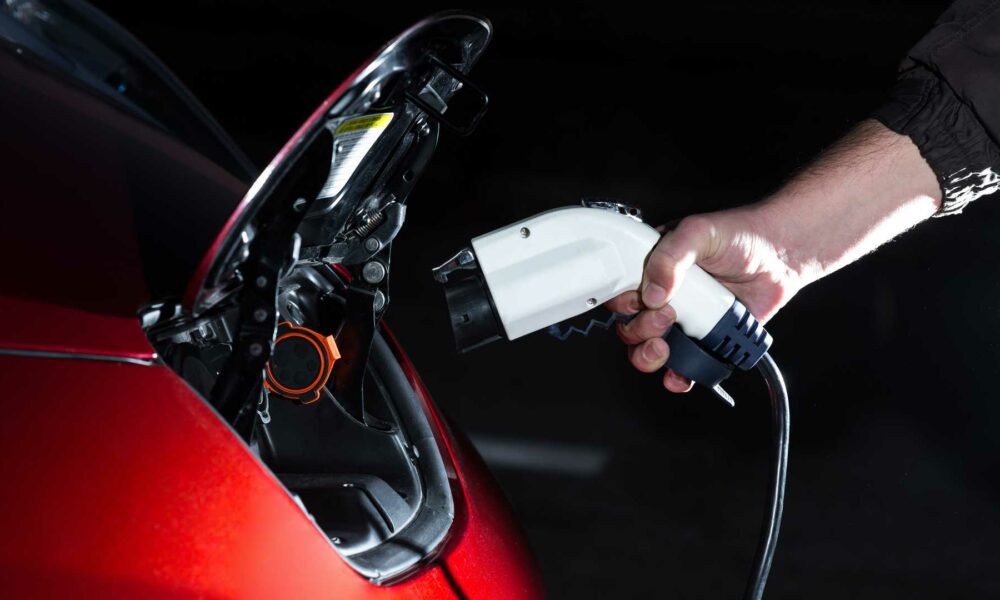Electric vehicles (EVs) have been steadily gaining popularity over the past decade, and it’s becoming increasingly clear that they represent the future of driving.
With the world shifting towards sustainable and environmentally friendly alternatives, EVs are at the forefront of this transformation.
They offer numerous benefits, from reducing greenhouse gas emissions to providing a smoother and quieter driving experience.
Advances in technology have addressed many of the initial concerns about EVs, such as range anxiety and charging infrastructure, making them more accessible and practical for everyday use.
Governments and automakers worldwide are investing heavily in EV development, further accelerating their adoption. As we move towards a greener future, EVs are set to play a crucial role in shaping the automotive world.
In this article, we will explore ten compelling reasons why electric vehicles are the future of driving, highlighting their advantages and the positive impact they can have on the environment and society.
1. Environmental Benefits
One of the most significant reasons EVs are considered the future of driving is their environmental benefits.
Traditional internal combustion engine (ICE) vehicles emit a considerable amount of greenhouse gases, such as carbon dioxide (CO2), contributing to global warming and climate change.
In contrast, EVs produce zero tailpipe emissions, significantly reducing their carbon footprint. By switching to electric vehicles, we can decrease the level of air pollution, improving air quality and public health.
EVs are also more energy-efficient than their ICE counterparts. Electric motors convert a higher percentage of energy from the battery to power the wheels, whereas internal combustion engines waste a lot of energy as heat.
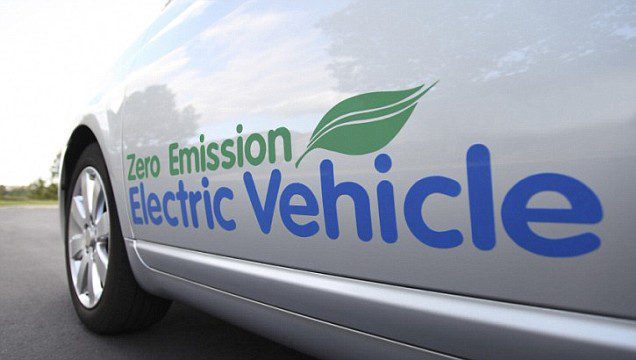
This increased efficiency means that EVs can travel further on the same amount of energy, reducing the demand for energy resources.
Furthermore, the production of EVs is becoming more sustainable. Automakers are increasingly using recycled and eco-friendly materials in the manufacturing process, reducing the environmental impact of producing new vehicles.
Additionally, as the energy grid becomes greener with the increased use of renewable energy sources like solar and wind power, the environmental benefits of EVs will only continue to grow.
The environmental advantages of electric vehicles make them a critical component in the fight against climate change and pollution.
As we transition to a more sustainable future, the widespread adoption of EVs will play a significant role in reducing carbon footprint and preserving the planet for future generations.
2. Lower Operating Costs
Electric vehicles offer lower operating costs compared to traditional internal combustion engine vehicles, making them an attractive option for many drivers.
One of the primary reasons for this is the reduced cost of electricity compared to gasoline or diesel. Charging an EV typically costs a fraction of what it takes to fill up a gas tank, resulting in significant savings over time.
Additionally, EVs have fewer moving parts than ICE vehicles, which translates to lower maintenance costs.
Components such as oil filters, spark plugs, and timing belts are not needed in electric vehicles, reducing the frequency and cost of maintenance and repairs.
EVs also benefit from regenerative braking systems, which reduce wear and tear on brake components, further lowering maintenance expenses.
Government incentives and subsidies also contribute to the lower operating costs of EVs. Many countries offer tax credits, rebates, and other financial incentives to encourage the adoption of electric vehicles.
These incentives can help offset the initial purchase price and make EVs more affordable for consumers.
Furthermore, as the production of EVs increases and technology advances, the cost of manufacturing batteries and other components is expected to decrease.
This will result in lower purchase prices for EVs, making them even more accessible to a broader range of consumers.
The lower operating costs of electric vehicles, combined with financial incentives and decreasing manufacturing costs, make them an economically attractive option for drivers.
As more people recognize the long-term savings associated with EVs, their popularity is expected to continue growing.
3. Technological Advancements
The rapid pace of technological advancements in the electric vehicle industry is another reason why EVs are the future of driving.
Innovations in battery technology, charging infrastructure, and vehicle connectivity are making EVs more practical, efficient, and enjoyable to drive.
One of the most significant advancements in the EV sector is the development of high-capacity, fast-charging batteries.
These batteries can store more energy, providing longer driving ranges and reducing the need for frequent charging.
Fast-charging technology allows drivers to recharge their vehicles in a fraction of the time it takes with standard chargers, making long-distance travel more convenient.
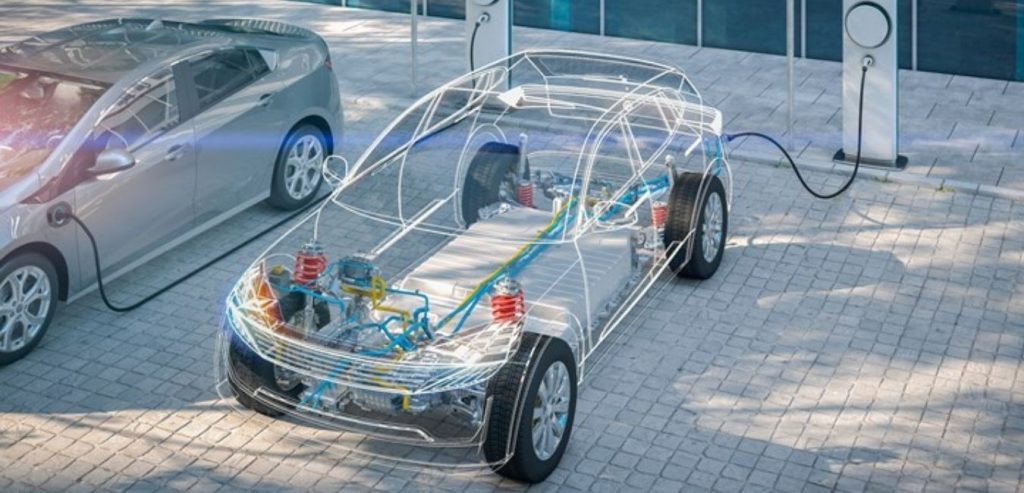
The expansion of charging infrastructure is also contributing to the growth of the EV market. Public charging stations are becoming more widespread, making it easier for drivers to find convenient places to recharge their vehicles.
Governments and private companies are investing heavily in the development of charging networks, ensuring that EV drivers have access to reliable and efficient charging options.
Vehicle connectivity and smart features are also enhancing the appeal of electric vehicles.
Many EVs come equipped with advanced infotainment systems, over the air software updates, and smartphone integration, providing a seamless and connected driving experience.
These technological advancements not only improve the convenience and functionality of EVs but also contribute to their safety and efficiency.
The continuous technological advancements in the electric vehicle industry are driving the future of transportation.
As battery technology, charging infrastructure, and vehicle connectivity continue to improve, EVs will become an increasingly attractive option for consumers, paving the way for a more sustainable and efficient automotive world.
4. Energy Independence
The adoption of electric vehicles can contribute to greater energy independence for countries around the world.
Traditional internal combustion engine vehicles rely heavily on fossil fuels, which are often imported from other countries.
This dependence on foreign oil can lead to economic and political vulnerabilities, as fluctuations in oil prices and supply disruptions can have significant impacts on national economies.
Electric vehicles, on the other hand, can be powered by electricity generated from a variety of domestic energy sources, including renewable energy such as solar, wind, and hydropower.
By transitioning to EVs, countries can reduce their reliance on imported oil and increase their energy security.
This shift can also promote the development of local energy industries, creating jobs and boosting the economy.
The integration of renewable energy sources into the grid further enhances the benefits of energy independence.
As the grid becomes greener, the electricity used to charge EVs will increasingly come from clean and sustainable sources.
This reduces the environmental impact of energy production and helps mitigate the effects of climate change.
Energy independence also has the potential to reduce the geopolitical tensions associated with fossil fuel extraction and distribution.
By relying on domestic energy sources, countries can avoid conflicts over access to oil reserves and reduce the environmental degradation caused by oil drilling and transportation.
The adoption of electric vehicles can contribute to greater energy independence, reducing reliance on imported fossil fuels and promoting the development of domestic renewable energy industries.
This shift towards sustainable transportation can enhance national security, create economic opportunities, and support global efforts to combat climate change.
Also Read: 10 Best Plug-In Hybrid SUVs for Fuel Savings
5. Improved Driving Experience
Electric vehicles offer a significantly improved driving experience compared to traditional internal combustion engine vehicles.
One of the most notable differences is the instant torque provided by electric motors, resulting in smooth and rapid acceleration.
This responsiveness makes EVs enjoyable to drive and provides a sense of immediacy that is often lacking in gasoline-powered vehicles.
The absence of a combustion engine also contributes to a quieter and more serene driving experience.
Without the noise and vibrations generated by an internal combustion engine, EVs offer a smoother and more refined ride.
This quietness can be particularly appreciated in urban environments, where traffic noise can be a significant source of stress and discomfort.
Electric vehicles also benefit from a lower center of gravity, as the heavy battery pack is typically mounted low in the chassis.
This results in improved handling and stability, making EVs more agile and responsive on the road.
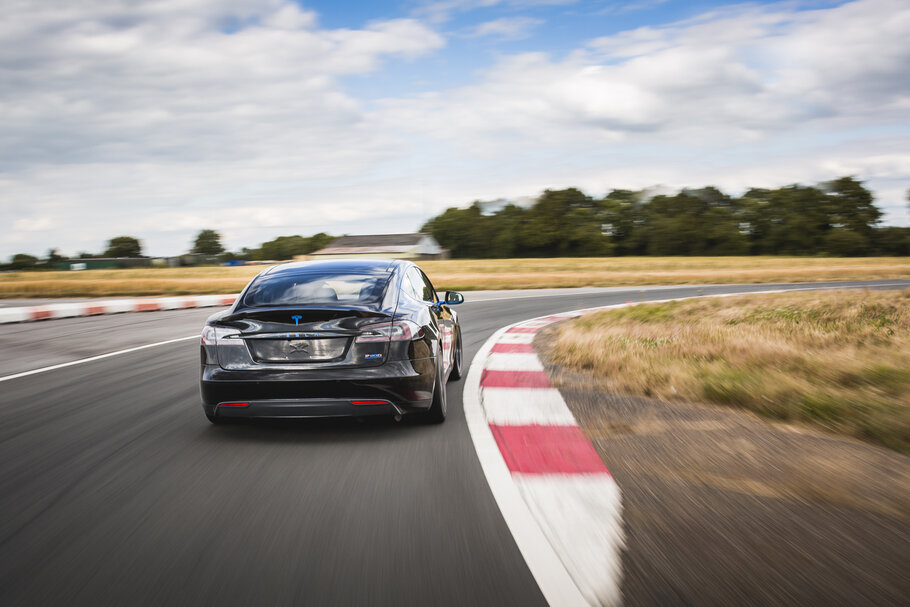
The even weight distribution of the battery pack further enhances the vehicle’s balance and cornering capabilities.
Many electric vehicles come equipped with advanced driver-assistance systems and connectivity features, enhancing the driving experience.
These technologies can provide real-time information about the vehicle’s performance, battery status, and charging options, allowing drivers to make informed decisions and maximize their driving efficiency.
Regenerative braking is another feature that sets EVs apart from traditional vehicles. This technology allows the vehicle to recover energy during braking and use it to recharge the battery.
Not only does this increase the efficiency of the vehicle, but it also provides a smoother and more controlled braking experience.
The improved driving experience offered by electric vehicles, including instant torque, a quieter ride, better handling, and advanced technologies, makes them an attractive option for drivers.
As more people experience the benefits of driving an EV, their popularity is likely to continue growing.
6. Government Support and Incentives
Governments worldwide are actively supporting the adoption of electric vehicles through various incentives and policies.
These measures are designed to encourage consumers to make the switch to EVs, reduce greenhouse gas emissions, and promote sustainable transportation.
The support from governments is a significant factor driving the future of electric vehicles. One of the most common incentives offered by governments is financial subsidies.
These can include tax credits, rebates, and grants that help offset the initial purchase price of an EV.
By making electric vehicles more affordable, these incentives lower the financial barriers to entry and make EVs accessible to a broader range of consumers.
In addition to financial incentives, many governments are investing in the development of charging infrastructure.
This includes funding for the installation of public charging stations, subsidies for home charging equipment, and initiatives to expand the network of fast-charging stations.
Improved charging infrastructure alleviates range anxiety and ensures that EV drivers have access to convenient and reliable charging options.
Governments are also implementing regulatory measures to support the growth of the electric vehicle market.
This can include setting emissions targets, mandating the production of zero-emission vehicles, and offering incentives to automakers to develop and produce EVs.
Some countries are even considering or implementing bans on the sale of new internal combustion engine vehicles by a certain date, further accelerating the transition to electric mobility.
Public awareness campaigns and educational initiatives are other ways governments are promoting the adoption of EVs.
By providing information about the benefits of electric vehicles, addressing common concerns, and highlighting the benefits, these campaigns can help change public perception and drive the adoption of EVs.
Government support and incentives play a crucial role in accelerating the adoption of electric vehicles.
Through financial subsidies, investments in charging infrastructure, regulatory measures, and public awareness campaigns, governments are making it easier and more attractive for consumers to choose EVs, paving the way for a cleaner and more sustainable transportation future.
7. Reduced Greenhouse Gas Emissions
One of the most compelling reasons why electric vehicles are the future of driving is their potential to significantly reduce greenhouse gas emissions.
Transportation is a major contributor to global greenhouse gas emissions, with internal combustion engine vehicles being a significant source of carbon dioxide (CO2) and other harmful pollutants.
By transitioning to electric vehicles, we can drastically reduce the emissions associated with driving and help mitigate the effects of climate change.
Electric vehicles produce zero tailpipe emissions, meaning they do not release CO2 or other pollutants while driving.
This is in stark contrast to traditional gasoline and diesel vehicles, which emit a considerable amount of greenhouse gases.
By eliminating tailpipe emissions, EVs can improve air quality and reduce the environmental impact of transportation.
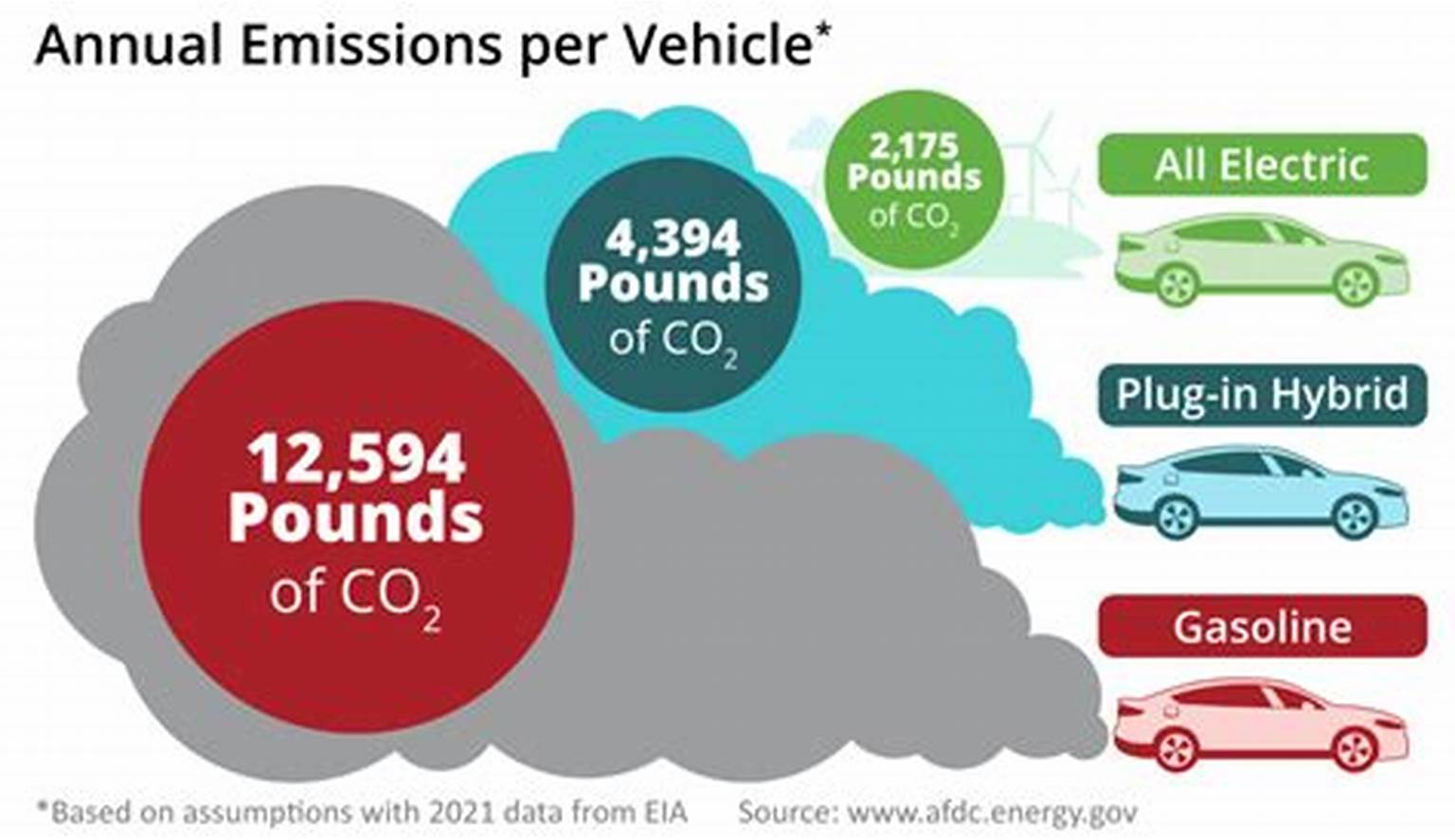
The environmental benefits of EVs are further enhanced when they are charged using renewable energy sources, such as solar, wind, and hydropower.
As the energy grid becomes greener, the carbon footprint of electric vehicles will continue to decrease, making them an even more sustainable option.
In addition to reducing greenhouse gas emissions, EVs also help decrease other harmful pollutants, such as nitrogen oxides (NOx) and particulate matter, which contribute to smog and respiratory problems.
By improving air quality, electric vehicles can have a positive impact on public health, reducing the incidence of respiratory diseases and other health issues related to air pollution.
The reduced greenhouse gas emissions and improved air quality associated with electric vehicles make them a critical component in the fight against climate change and pollution.
As we move towards a more sustainable future, the widespread adoption of EVs will play a significant role in reducing environmental impact and preserving the planet for future generations.
8. Quiet and Smooth Driving Experience
Electric vehicles offer a quieter and smoother driving experience compared to traditional internal combustion engine vehicles. One of the most noticeable differences is the lack of engine noise.
EVs are powered by electric motors, which operate silently compared to the loud and often intrusive sounds generated by internal combustion engines.
This quiet operation can make driving an EV a more pleasant and relaxing experience, especially in urban environments where noise pollution is a significant concern.
The smooth driving experience of electric vehicles is also attributed to the nature of electric motors.
Unlike internal combustion engines, which have multiple moving parts and rely on complex mechanical systems to deliver power, electric motors provide instant torque and seamless power delivery.
This results in smooth acceleration and deceleration, without the need for gear changes or the vibrations commonly associated with traditional engines.
The absence of engine noise and vibrations also contributes to a more serene and comfortable cabin environment.
Passengers in an electric vehicle can enjoy a quieter ride, making conversations easier and reducing fatigue on long journeys.
This is particularly beneficial for city driving, where stop-and-go traffic can exacerbate noise and vibrations in traditional vehicles.
Regenerative braking is another feature that enhances the smooth driving experience of electric vehicles.
This technology allows EVs to recover energy during braking and use it to recharge the battery.
Regenerative braking provides a more controlled and efficient braking experience, reducing wear and tear on brake components and enhancing driving comfort.
The quiet and smooth driving experience offered by electric vehicles makes them an attractive option for drivers seeking a more refined and enjoyable ride.
As more people experience the benefits of driving an EV, their popularity is likely to continue growing.
9. Innovative Design and Features
Electric vehicles are often at the forefront of automotive innovation, boasting cutting-edge design and features that set them apart from traditional internal combustion engine vehicles.
One of the most notable aspects of EV design is the flexibility afforded by electric drivetrains. Without the need for large engines, exhaust systems, and fuel tanks, automakers have more freedom to create innovative and unique vehicle designs.
Many electric vehicles feature sleek and aerodynamic designs that improve efficiency and performance.
The absence of a traditional engine allows for a more spacious and versatile interior, with flat floors and more flexible seating arrangements.
This can lead to improved passenger comfort and increased cargo capacity, making EVs practical and convenient for everyday use.
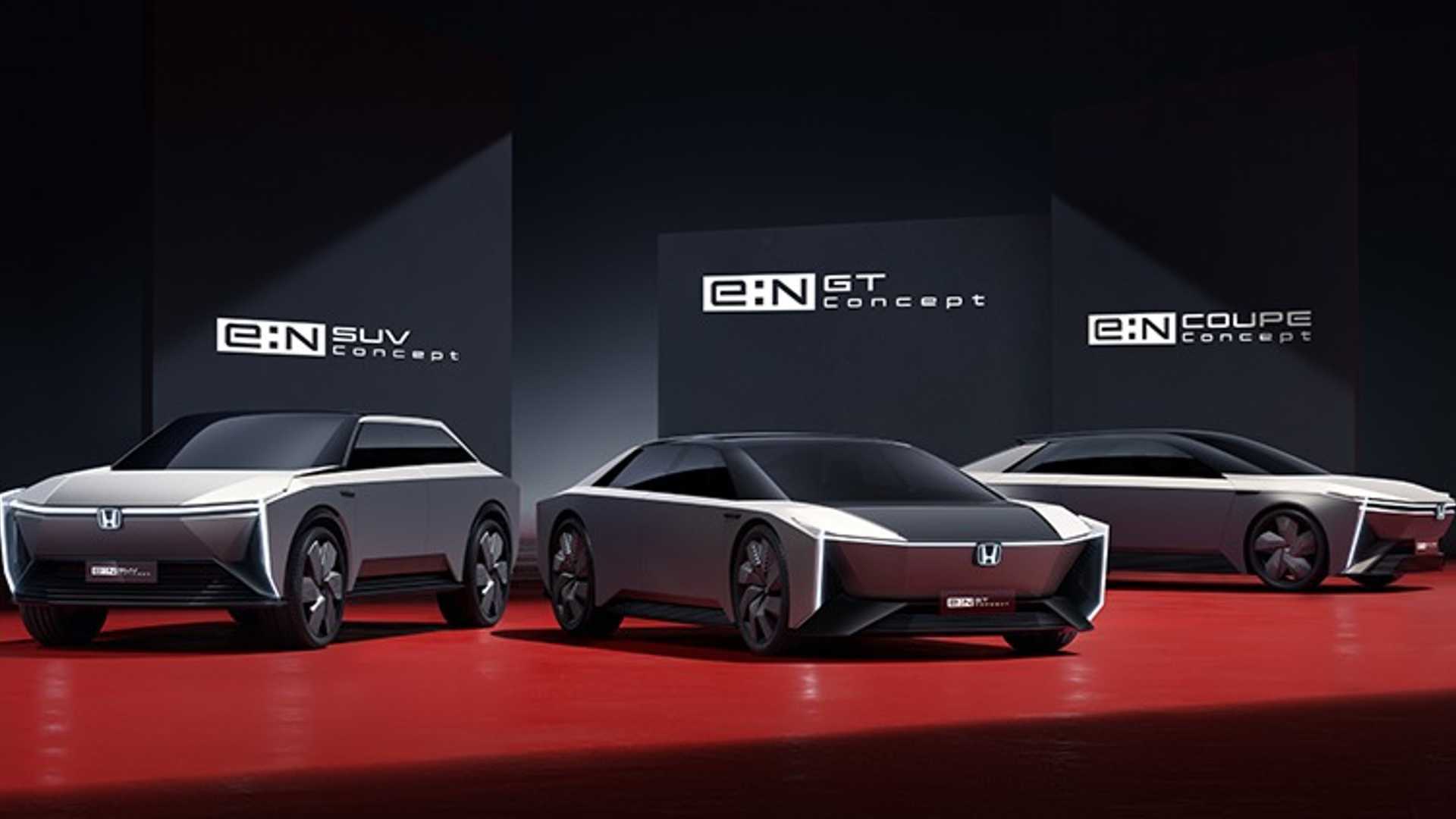
In addition to their innovative design, electric vehicles often come equipped with advanced technology and features.
Many EVs include state of the art infotainment systems, over the air software updates, and smartphone integration, providing a seamless and connected driving experience.
Advanced driver-assistance systems (ADAS) are also commonly found in electric vehicles, enhancing safety and convenience through features such as adaptive cruise control, lane-keeping assist, and automatic emergency braking.
Electric vehicles also tend to incorporate sustainable and eco-friendly materials in their construction.
Automakers are increasingly using recycled and renewable materials for interior components, upholstery, and even exterior panels.
This commitment to sustainability extends beyond the drivetrain, making EVs an environmentally responsible choice in every aspect.
The innovative design and features of electric vehicles set them apart from traditional vehicles, offering a unique and forward-thinking driving experience.
As automakers continue to push the boundaries of EV design and technology, electric vehicles will remain at the forefront of automotive innovation, attracting drivers who seek cutting-edge features and sustainable solutions.
10. Support for Autonomous Driving
Electric vehicles are often at the forefront of autonomous driving technology, with many EVs incorporating advanced sensors, cameras, and software that enable various levels of automated driving.
Autonomous driving has the potential to revolutionize the way we travel, improving safety, reducing traffic congestion, and increasing efficiency.
One of the key reasons EVs are well-suited for autonomous driving is their advanced electrical architecture.
Electric vehicles typically feature a more integrated and centralized electronic system, making it easier to implement and manage the complex software and hardware required for autonomous driving.
This integration allows for seamless communication between the vehicle’s various systems, enhancing the performance and reliability of autonomous features.
Many electric vehicles come equipped with advanced driver-assistance systems (ADAS) that lay the groundwork for fully autonomous driving.
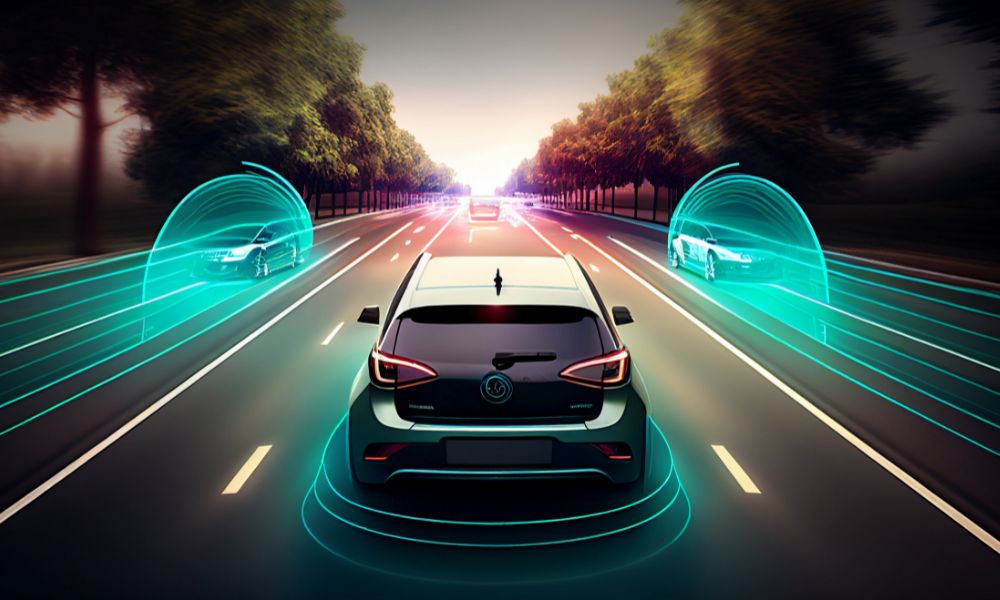
These systems use a combination of sensors, cameras, radar, and artificial intelligence to monitor the vehicle’s surroundings, detect obstacles, and make real-time driving decisions.
Features such as adaptive cruise control, lane-keeping assist, and automatic emergency braking are already available in many EVs, providing a higher level of safety and convenience for drivers.
As autonomous driving technology continues to evolve, electric vehicles are likely to play a leading role in its development and adoption.
Companies like Tesla, Waymo, and Cruise are making significant strides in the field of autonomous driving, with electric vehicles as their primary platform.
The integration of autonomous technology with electric drivetrains has the potential to create a more efficient and sustainable transportation system, reducing the reliance on fossil fuels and minimizing environmental impact.
The support for autonomous driving technology in electric vehicles is a significant factor contributing to their future dominance in the automotive industry.
As autonomous technology continues to advance, electric vehicles will play a crucial role in shaping the future of transportation, offering safer, more efficient, and more sustainable mobility solutions.
Also Read: 7 Most Innovative EV Technologies That Are Coming Soon

